Weaving is a tradition older than the concept of art itself, but in applying the realm of abstraction to a handloom, Anni Albers created thoroughly modern studies in textiles. Although she initially wanted to paint, the nominally egalitarian structure of the Bauhaus, where she studied, pushed her toward more “feminine” forms of expression, and she enrolled in a textiles workshop. She found joy in weaving as a “craft which is many-sided.” “Like any craft,” she writes in a 1937 essay, “it may end in producing useful objects, or it may rise to the level of art.” She often plotted out her designs on paper before turning to the loom. And just like the weavers before her, Albers was committed to passing on her knowledge. She wrote an instructional book, On Weaving, and taught classes at Black Mountain College and Yale University along with her husband, the artist Josef Albers. Her ambitious, carefully woven constructions are feasts for the eyes, though she maintained that they were “only to be looked at”; their lustrous stitches ask to be touched. A major exhibition of Albers’s work is on view at the Tate Modern through January 27. Below, we present a selection of images from the book Anni Albers, which accompanies the show.

With Verticals, 1946. Cotton and linen 154.9 x 118.1 cm. Photo: Tim Nighswander/Imaging4Art. © 2018 The Josef and Anni Albers Foundation/Artists Rights Society (ARS), New York/DACS, London.
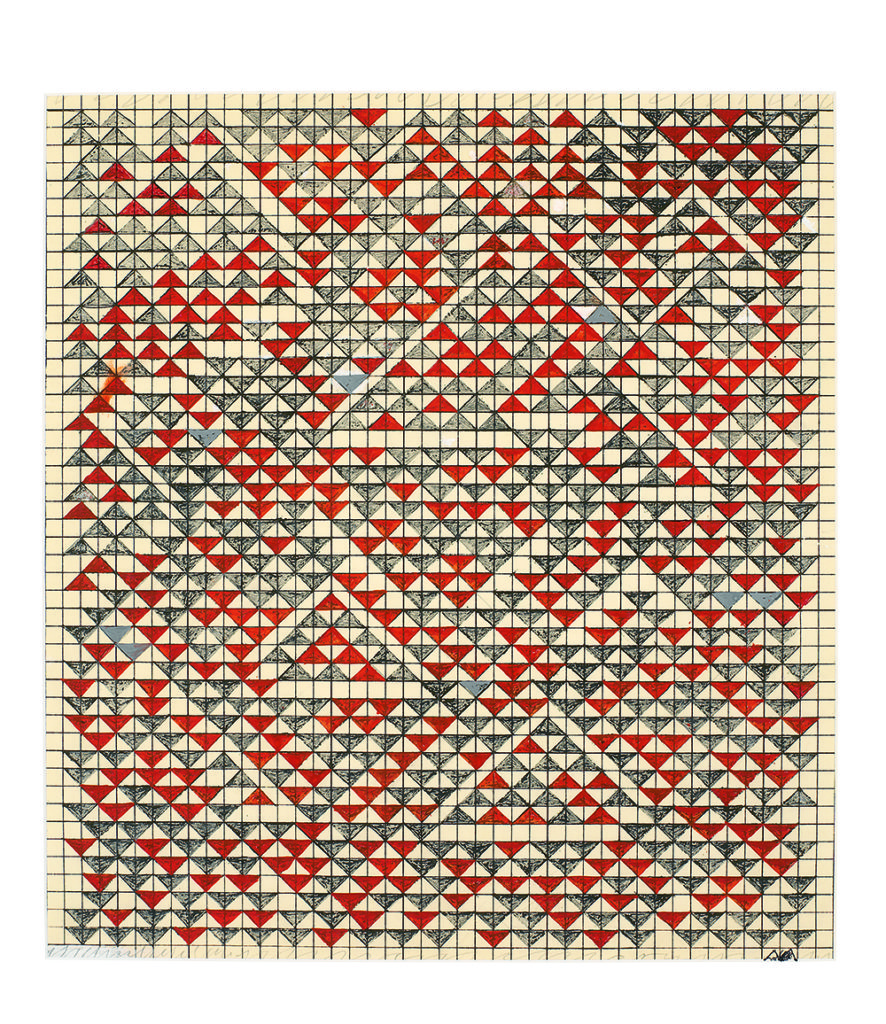
Study for Camino Real, 1967. Gouache on graph paper, 44.4 x 40.6 cm. Photo: Tim Nighswander/Imaging4Art. © 2018 The Josef and Anni Albers Foundation/Artists Rights Society (ARS), New York/DACS, London.
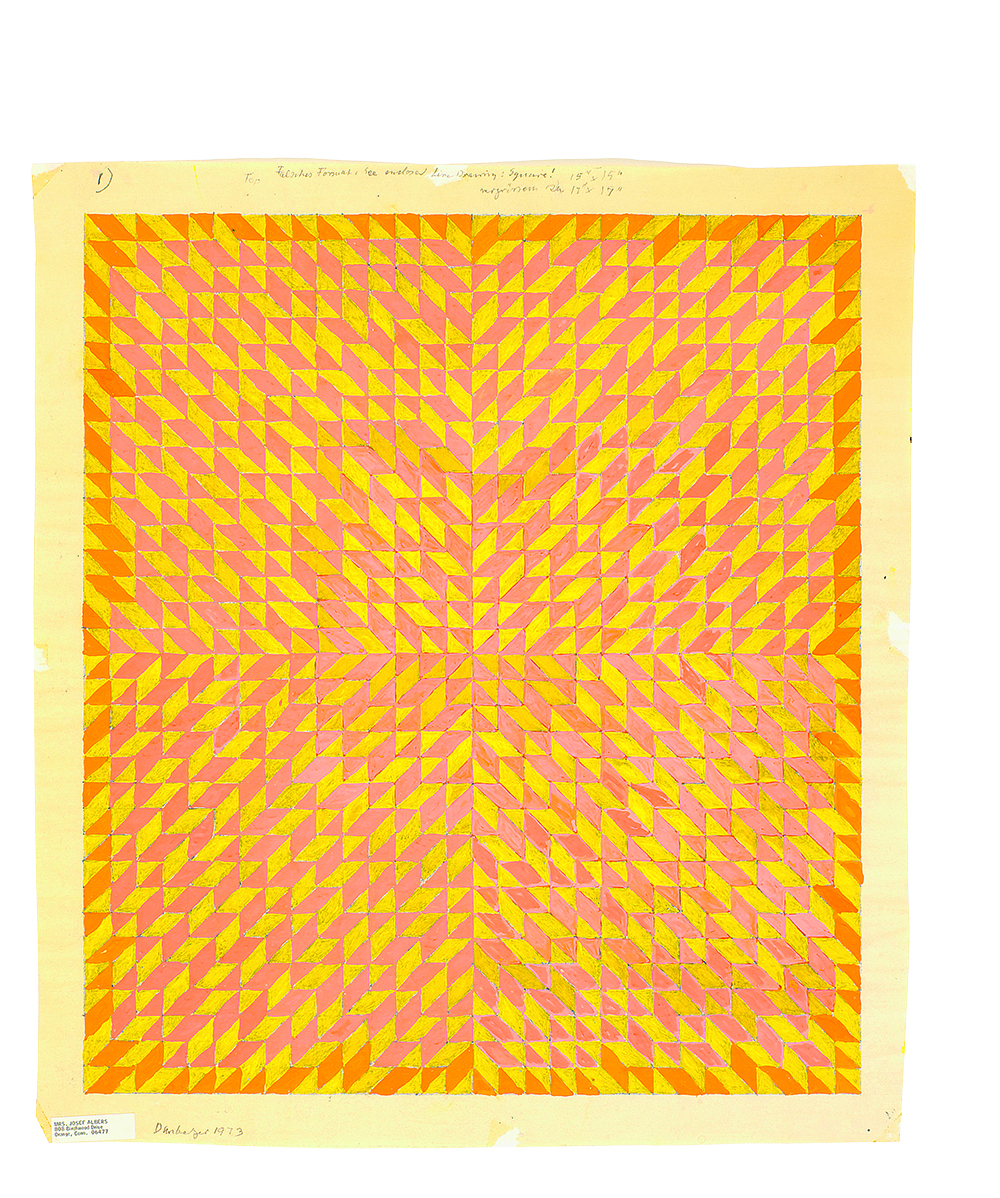
Study for DO I, 1973. Gouache on diazotype photographic paper, 48.3 x 43.5 cm. Photo: Tim Nighswander/Imaging4Art. © 2018 The Josef and Anni Albers Foundation/Artists Rights Society (ARS), New York/DACS, London.
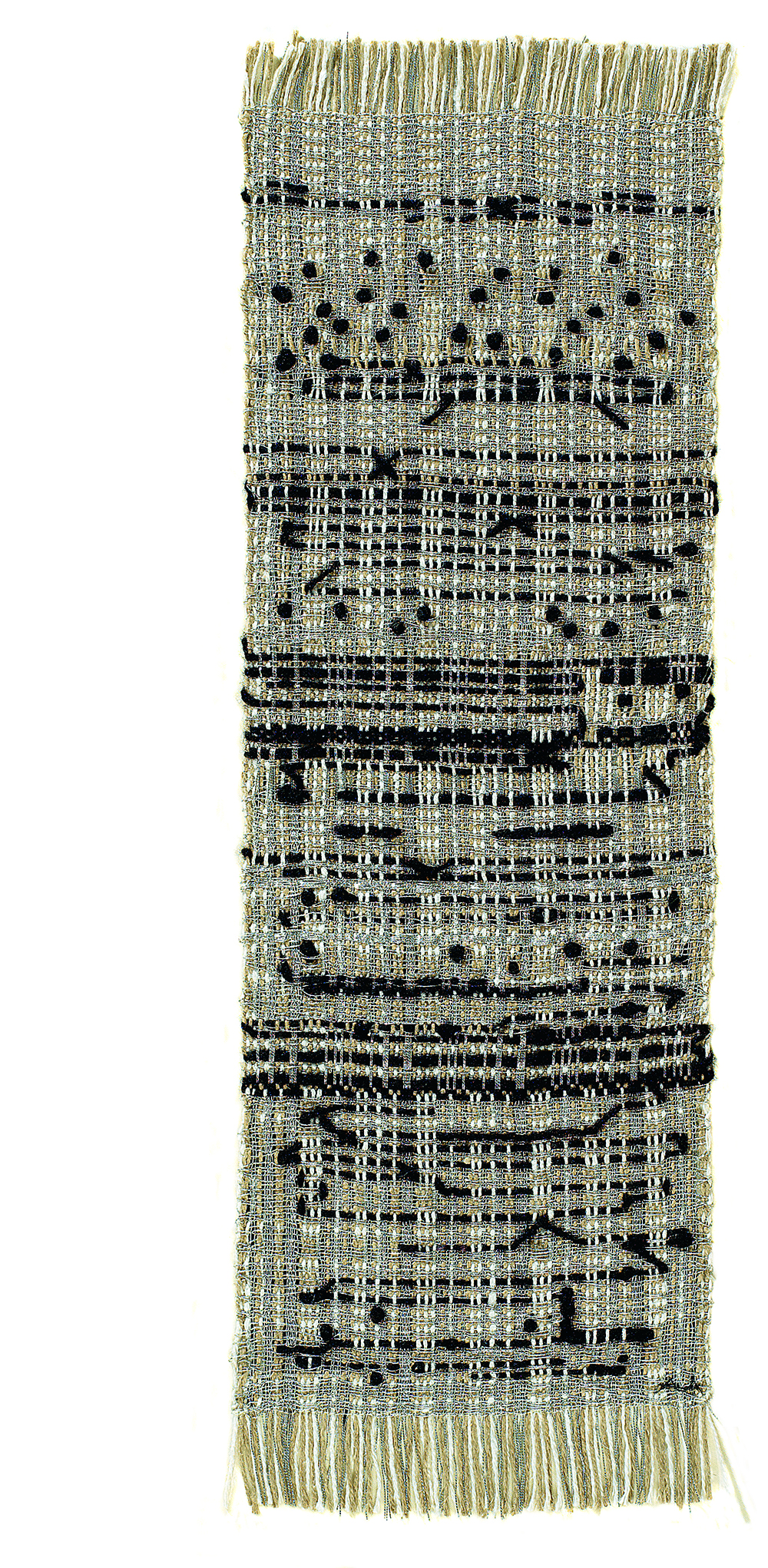
Haiku, 1961. Cotton, hemp, metallic thread, and wool. 57.2 x 18.4 cm. Photo: Tim Nighswander/Imaging4Art. © 2018 The Josef and Anni Albers Foundation/Artists Rights Society (ARS), New York/DACS, London.
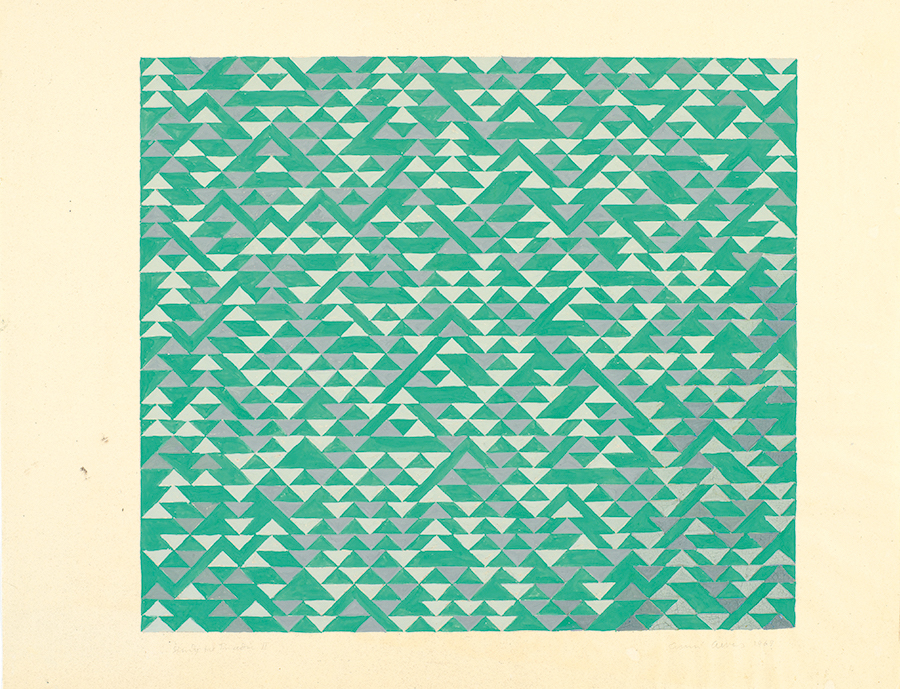
Study for Triadic II, 1969. Gouache on blueprint paper, 43.2 x 55.9 cm. Photo: Tim Nighswander/Imaging4Art. © 2018 The Josef and Anni Albers Foundation/Artists Rights Society (ARS), New York/DACS, London.
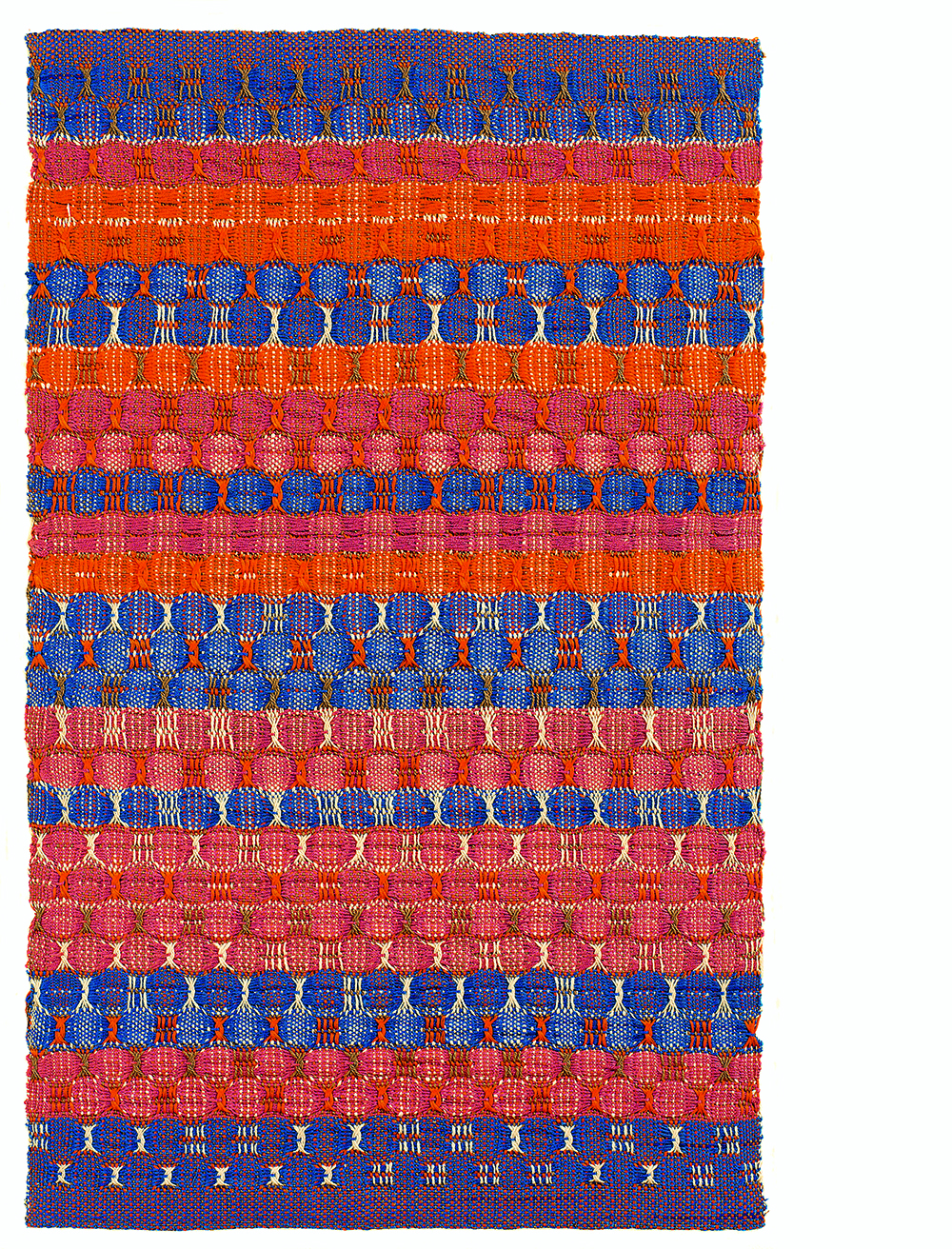
Red and Blue Layers, 1954. Cotton, 61.6 x 37.8 cm. Photo: Tim Nighswander/Imaging4Art. © 2018 The Josef and Anni Albers Foundation/Artists Rights Society (ARS), New York/DACS, London.

Triadic Dr. I, 1968. Ink and pencil on paper, 36.8 x 48.6 cm. Photo: Tim Nighswander/Imaging4Art. © 2018 The Josef and Anni Albers Foundation/Artists Rights Society (ARS), New York/DACS, London.
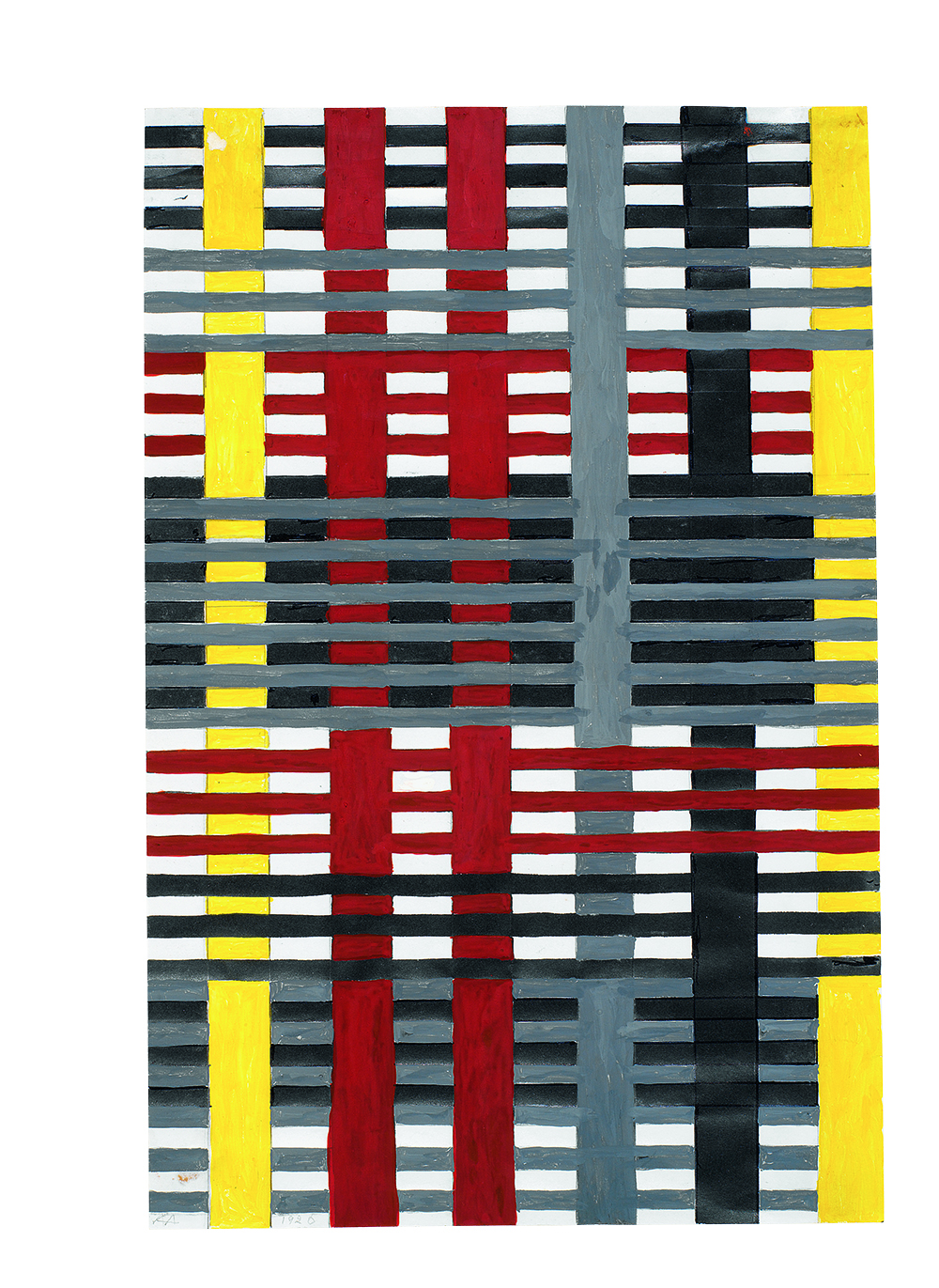
Design for a 1926 unexecuted wall hanging, n.d. Gouache with pencil on reprographic paper, 38.4 x 25 cm. Photo: Tim Nighswander/Imaging4Art. © 2018 The Josef and Anni Albers Foundation/Artists Rights Society (ARS), New York/DACS, London.
From the book Anni Albers, edited by Ann Coxon, Briony Fer, and Maria Müller‑Schareck, published by Yale University Press in association with Tate in August 2018. Reproduced by permission.
from The Paris Review http://bit.ly/2Dib1YB
Comments
Post a Comment